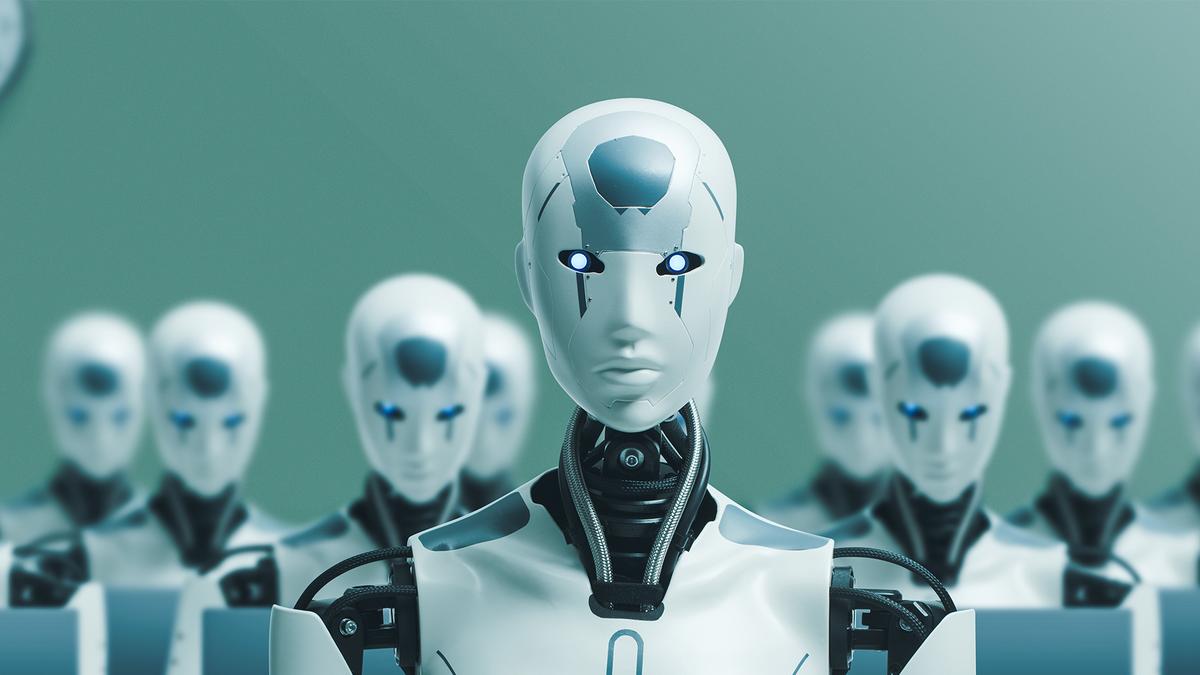Cutting Costs with Innovative Technology
A standout at the conference was Wisson Technology (Shenzhen), which has revolutionized the production of robotic manipulators by eschewing traditional motors and reducers. Instead, Wisson employs 3D-printed plastics and pneumatic artificial muscles, significantly reducing production costs. According to Cao Wei, a partner at Lanchi Ventures, which has invested in Wisson, this innovation allows the company to price its flexible robotic arms at about one-tenth the cost of traditional models.
Wisson’s pliable arms, priced around 10,000 yuan ($1,404), represent a major step forward in making advanced robotics more accessible. Cao hinted that these arms could soon find their way into humanoid robots, with samples already provided to overseas manufacturers.
Challenges in the Supply Chain
Despite the advances showcased at the conference, industry insiders caution that there is still significant work to be done in improving product reliability. Yi Gang, founder of Ti5 Robot, a Shanghai-based company specializing in integrated joints, highlighted ongoing issues within the robotics supply chain. Due to high defect rates, Yi’s company can currently only produce in volumes of up to 1,000 units.
Harmonic gear, a critical component in motion-control systems, remains a particular pain point, with reliability issues hampering broader adoption and scaling of robotics technologies.
The Broader Vision: Robotics as a Measure of Technological Prowess
China’s aggressive push into robotics is backed by President Xi Jinping’s policy of developing “new productive forces” in technology. The nation, which already boasts the world’s largest market for industrial robots, is looking to leverage increasingly sophisticated robotics to transform traditional industries such as manufacturing, agriculture, and healthcare.
Gao Jiyang, a former executive at the autonomous driving start-up Momenta and now founder of Galaxea AI, emphasized the link between advancements in autonomous driving and robotics. “Autonomous driving means AI-plus cars, which are also a type of robot,” Gao noted, underscoring the convergence of AI and robotics as a driving force behind China’s technological ambitions.
Looking Ahead: The Future of Robotics in China
As the conference concluded, Premier Li Qiang reiterated the importance of adhering to President Xi’s guidelines on robotics. Describing the industry as an “important yardstick for technical innovation and high-end manufacturing strength,” Li called for sustained efforts to maintain supply chain stability and to advance China’s position on the global stage.
The expansion and popularization of robots across various sectors, from industry to services, is seen as crucial to China’s continued economic and technological growth. With the foundations laid, the next steps will be critical in determining whether China can lead the world in humanoid robotics and beyond.
The rapid evolution of China’s robotics industry, as showcased at the World Robot Conference, highlights the nation’s commitment to innovation and technological leadership. However, as industry leaders caution, addressing reliability issues within the supply chain will be key to realizing the full potential of these advancements.
For more insights into the latest tech trends and developments, stay tuned to TechSage.





Leave a Reply